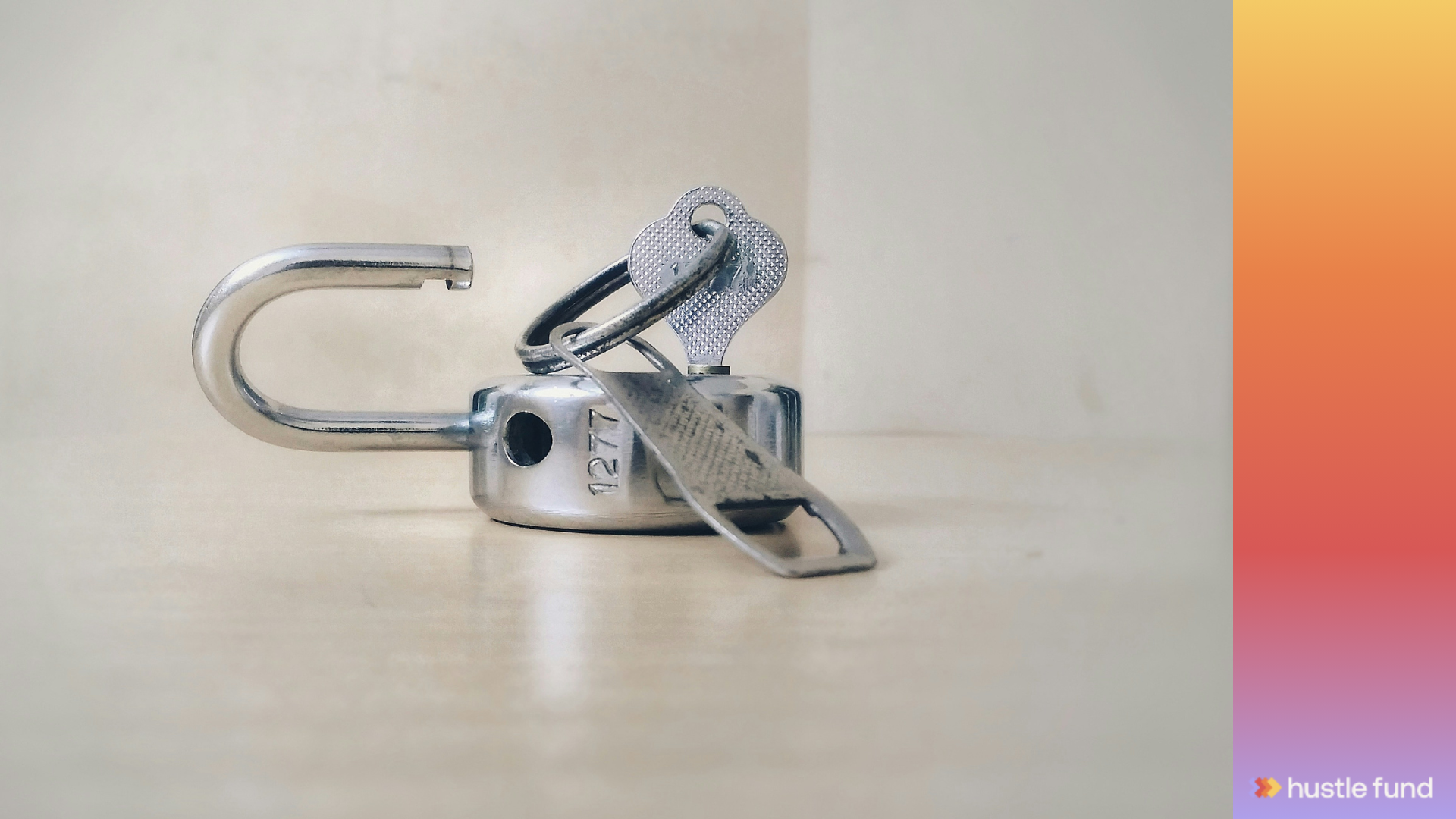Pro Rata Rights: Why "Protecting Your Stake" Is Terrible Advice
.png)
Brian Nichols is the co-founder of Angel Squad, a community where you’ll learn how to angel invest and get a chance to invest as little as $1k into Hustle Fund's top performing early-stage startups.
Every new angel investor eventually learns about pro rata rights. The explanation is always the same: "It's your right to maintain your ownership percentage in future rounds." The implication? You should always exercise it.
Wrong.
Here's the truth: pro rata rights are a tool, not a mandate. Sometimes the smartest thing you can do is watch from the sidelines while someone else funds the next round.
What Pro Rata Actually Means
Let's say you invest $50k for 2% of a company at a $2.5M post-money valuation. Company grows, raises a Series A. Without pro rata rights, your 2% gets diluted down to maybe 1.3% or 1.5%.
With pro rata rights, you can invest enough additional capital to maintain your 2%. If the company's raising $5M at a $20M post, you'd need to write another check for about $400k to stay at 2%.
The traditional VC wisdom says you should do this. "Protect your stake!" they shout. "Double down on your winners!"
But this ignores basic portfolio math.
The Ownership Trap
Most investors think about this wrong. They obsess over ownership percentages instead of asking the actually important question: what's the best use of this capital?
Here's a thought experiment. You invested $5k into Uber's seed round. Hold onto IPO, you make $25M. But that $5k bought you basically zero ownership. Like, a rounding error. Was it a bad investment? Obviously not.
The point isn't ownership. It's multiples on your money.
Say you put $100k into a company at $5M post. To get a 100x return, it needs to exit for $500M. After typical dilution through three rounds, that's maybe 50x actual return. Still amazing.
Now they're raising at $10M post. To maintain your ownership with pro rata, you need another $100k. But wait – for that same outcome, the company now needs to exit for $1B to give you your 100x.
Is that more likely or less likely than when you first invested?
When You Should Exercise Pro Rata
The company is absolutely crushing it. Like, 50-100% month-over-month growth. Obvious product-market fit. Clear path to massive scale. This is your potential fund returner. Put more money in.
You have insider information that the market doesn't. You're on the board. You see the metrics. You know about the major partnership about to close. The new investor coming in doesn't have this context. Use your advantage.
The valuation still makes sense for your return goals. Even at the new price, you can see a clear path to strong multiples.
We see this with some of our portfolio companies. They're growing fast, market is huge, team is executing. The valuation went up 3x but they're on track to be worth 100x more in a few years. In those cases, following on is obvious.

When You Absolutely Shouldn't
When you could start four new positions instead. You have $400k to deploy. Sure, you could follow on in one company. Or you could make four new $100k investments at lower valuations. Which gives you better odds at hitting a big winner?
This is basic portfolio construction. Early stage investors need shots on goal. Sometimes new at-bats beat doubling down.
When the valuation got crazy. Company raised at a $50M post-money valuation and you're getting in on the party. Unless they're growing ridiculously fast, a $50M starting point needs a $5B exit to get you a 100x. How many companies can do that?
When there's no clear path to the next milestone. They raised money but product-market fit is still fuzzy. Team is still figuring things out. Market timing feels off. Your follow-on check might just extend runway without changing the fundamental trajectory.

What VCs Don't Tell You
Large VC firms face different pressures. They need to deploy big funds. If they have $500M to invest, they can't write 5,000 checks of $100k each. They need to write big checks, which means following on becomes necessary for deployment strategy.
But as an angel or small fund? You have flexibility. You can pass on the Series A and put that capital to work in five new pre-seed deals. That's actually an advantage.
The other dirty secret: following on isn't always a positive signal. Sometimes investors follow on because they're worried their company is struggling and needs the support. Other times they follow on because everyone else is and they don't want to signal concern by passing.
Neither of these are good investment reasons.
The Dilution Reality
Here's something nobody explains clearly: dilution happens whether you follow on or not.
You invested at $5M post, now they're raising at $20M post. Your percentage ownership is getting diluted by the new investors. The only question is whether you're investing more to offset that dilution.
But in many cases, especially at early stage, the dilution doesn't matter if your absolute returns are still strong. You went from 2% to 1.3%, but the company's value went up 4x. You're making money on paper even as your percentage shrinks.
What Actually Drives Returns
We've looked at this across 600+ companies. The pattern is clear. Returns come from finding great companies early, at low valuations. Not from maximizing ownership in okay companies.
If you invest $50k at $3M post into a company that eventually exits for $300M, you're making bank. Even after dilution.
If you invest $200k at $30M post into that same company, you're making way less. Even though you own more shares.
Entry point matters more than ownership percentage.
The Bottom Line
Pro rata rights are valuable. They're a tool in your investment toolkit. But treating them as an obligation is lazy thinking.
The decision to exercise pro rata should be an active investment decision, weighing the specific opportunity against other uses of capital. Sometimes the answer is yes. Often it's no.
At Angel Squad, we teach investors how to think through these decisions. Because the difference between good investors and great ones often comes down to capital allocation. Knowing when to double down and when to move on to the next opportunity is what separates mediocre returns from exceptional ones.
Stop thinking about "protecting your stake." Start thinking about maximizing your returns. Sometimes those are the same thing. Often they're not.













